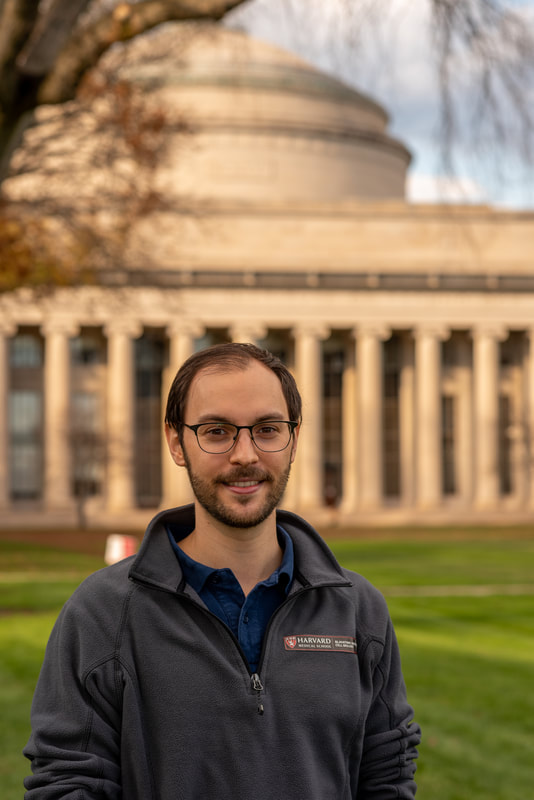|
Congratulations to Harvey and Hugo on their new preprint on how DNA loop extrusion may mediate DNA double-strand break repair! Here's the abstract:
DNA double-strand breaks (DSBs) occur every cell cycle and must be efficiently repaired. Non-homologous end joining (NHEJ) is the dominant pathway for DSB repair in G1-phase. The first step of NHEJ is to bring the two DSB ends back into proximity (synapsis). However, although synapsis is generally assumed to occur through passive diffusion, we show here that passive diffusion is unlikely to be consistent with the speed and efficiency of NHEJ observed in cells. Instead, we hypothesize that DNA loop extrusion facilitates synapsis. By combining experimentally constrained simulations and theory, we show that the simplest loop extrusion model only modestly facilitates synapsis. Instead, a loop extrusion model with targeted loading of loop extruding factors (LEFs), a small portion of long-lived LEFs as well as LEF stabilization by boundary elements and DSB ends achieves fast synapsis with near 100% efficiency. We propose that loop extrusion plays an underappreciated role in DSB repair. Check out BioRxiv for the full article! Comments are closed.
|
Archives
July 2024
|



